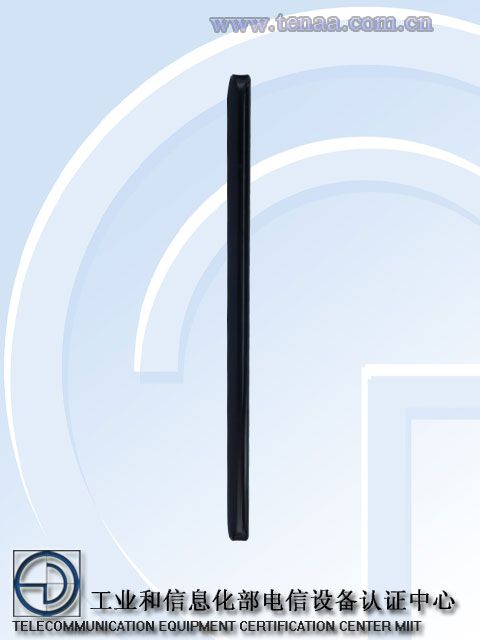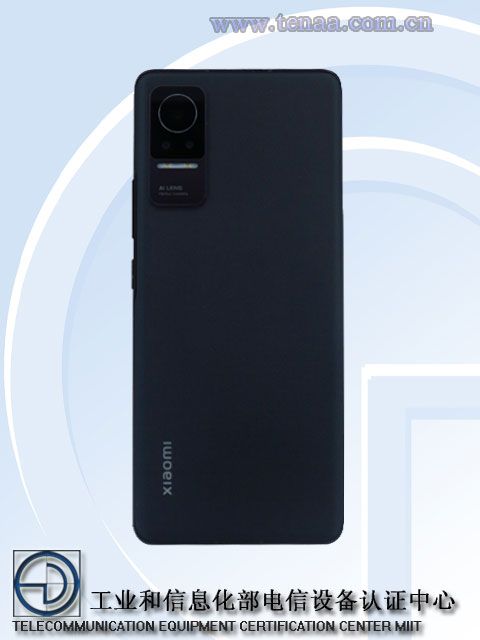If you’re looking to pick up the newly-launched FIFA 22, you can get it for free with the purchase of an Xbox Series S on Amazon right now in the U.K. The Xbox Series S on its own costs £249.99, but for a limited time, you can get the game at no extra cost alongside it. This is the lowest price that the bundle has been at yet, as previously, it cost £319.98 to pre-order the game with a console.
- If you fancy yourself a FIFA fan, you can pick up the new FIFA 22 for free alongside the Xbox Series S.
The Xbox Series S is an all-digital, disc-free gaming console. It’s a hard choice between the Xbox Series X and the Series S, but there’s a lot to love about the S. It’s small and budget-friendly, and you can download and run games on it easily. Keep in mind that as an all-digital console, you’re going to be limited on storage. There is a 512GB NVMe SSD out of which only ~364GB is actually available for the user. The console does come with a proprietary storage expansion slot, and extra storage is going to be a must if you are going to invest in or already have a large library of games from your previous generation Xbox console. There are also external storage drives that you can purchase too if needed.
If you’re a FIFA fan, then this is a deal you won’t want to miss. It’s likely the cheapest way to get the full FIFA 22 console experience if you don’t have a current-generation console yet. If you do buy it, then it also opens you up to a whole library of fantastic titles. There are also a ton of accessories that you can pick up for the Series S that might be worth checking out!
The post Get an Xbox Series S and FIFA 22 in the U.K. for just £249.99 appeared first on xda-developers.
from xda-developers https://ift.tt/2Y0iTdT
via IFTTT


 lots of new news in this video
lots of new news in this video  CLIPS is in beta
CLIPS is in beta SEARCH rolling out now
SEARCH rolling out now REPLAYS coming soon
REPLAYS coming soon
















